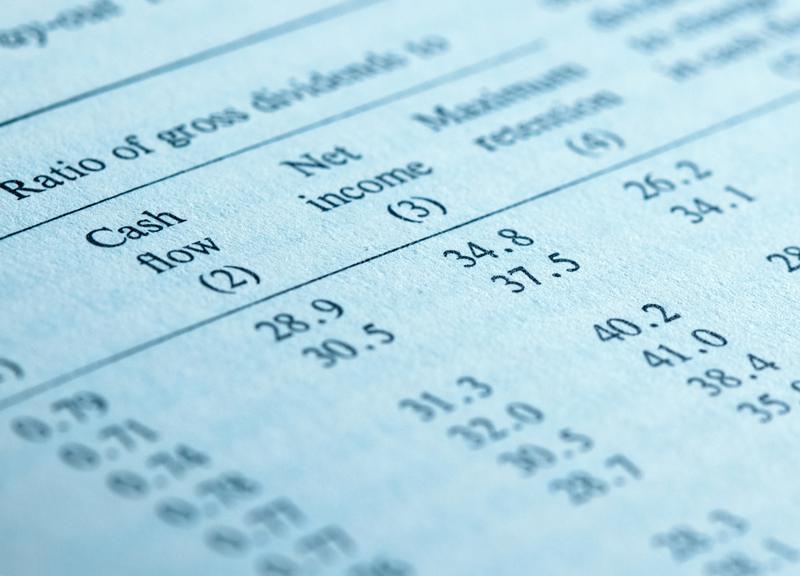
Keep track of your spending and earning with cash flow statements
Do you ever wonder where all of your business's profits go? It can be hard to keep track of your spending without a comprehensive system. That's why you need cash flow statements.
A cash flow statement measures money and money equivalents that enter and leave your company. Having a plan for maintaining steady cash flow is key to maintaining a successful business. Of course, if more money is getting spent than is coming in, your business could be in trouble.
Creating a cash forecast and accurately reporting your money will give you a clearer vision for where your business is standing financially. You may be getting a lot of sales, but in the background, your expenses could be what's keeping you in the red zone. Maintaining a cash flow statement will help you know where and how to improve.
However, this should not be confused with a balance sheet and an income statement.

How are cash flow statements, income statements and balance sheets different?
Income statements are usually completed every month, quarter or year. They are lists of your business's sales and expenses and are great for setting up a projected income for your company's future.
Balance sheets describe what your business looks like on a particular date. Here, you will list your assets and liabilities and where your net assets lie. This is a great way to help you understand your business liquidity and how quickly you can pay off any debts.
Meanwhile, a cash flow statement is how you can understand both of these and how they relate to your income. You might include money coming in from sales, financing and investments.
Setting up a cash flow management system
Keep an eye on your monthly expenses and when you can expect money to come in. Mapping out these details will help you forecast your cash flow.
After you predict your cash flow as accurately as possible, track what your expenses and income actually are. Are you spending more than expected? What sectors of your business are making the most money for you?
Next, set up a cash flow statement. The easiest way to set up a cash flow statement is to separate your income into sections:
- Operating cash flow: The principal income and expenses for your business like sales and purchases.
- Investing cash flow: This includes both acquisition and losses in non-current assets like property, plant and equipment (PP&E).
- Financing cash flow: The money borrowed and paid back from loans, dividends and shares.
While building this list, be sure to label each form of income and expense with its identifier and numeric value to stay organised.
Begin with your operating cash flow and work your way down. Be sure not to include any non-cash expenditures like depreciation and amortisation as these are not accurate representations of spending or gaining cash.
Compare your forecasted cash flow with your statement and notice where you can improve. If you've found some clients pay later, learned that sales in one category are not performing as well as another or stumbled on any other anomalous and problematic issues, you have time to fix them. Keeping a tight grip on where your money is flowing will allow you to build your business with confidence.
Hiring a professional to track these changes could be your best investment. Wilson Porter has a host of financial planners trained to help you with any task. From budgeting to making cash flow recommendations, Wilson Porter can get your cash flow back on track or even begin to thrive.

 A solid marketing plan will help you further develop your business
A solid marketing plan will help you further develop your business All about KPIs: What are they, and why are they important?
All about KPIs: What are they, and why are they important? Are you using social media to grow your business?
Are you using social media to grow your business?